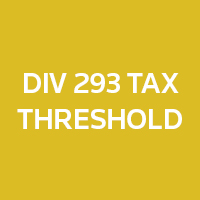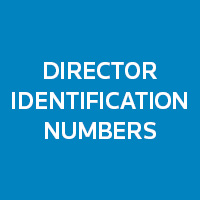Working-From-Home Deductions For Employees
More people are working from home than ever before. Employees who work from home may be able to deduct some of the expenses they incur in running a home office or for phone and internet usage. The key to claiming these deductions is to understand when expenses are deductible and what taxpayers must do to support their claim.
If you are an employee and you sometimes work from home, you may be able to claim deductions for some of the expenses you incur, provided you are not reimbursed by your employer. Here, we consider two common types of expenses that employees may claim and how you must substantiate your deductions.
Home office running expenses
Running expenses such as heating, cooling and lighting costs are only deductible if you exclusively use these services while performing work at home.
For example, the ATO says that you would not be able to claim deductions for these expenses if you work on your laptop while sitting next to your partner who is watching TV.
However, if you perform work in a room when others are not present, or in a separate room dedicated to work activities, you may be able to claim some running expenses. This is because you are entitled to a deduction when you incur additional running expenses as a result of your income-producing activities (ie above what you incur for domestic or private use).
In practice the ATO accepts two methods for calculating your deduction:
-A simple rate of 52 cents per hour worked (effective from 1 July 2018), which covers all the running expenses you can claim (including decline in value of home office items such as furniture). To substantiate your deduction, you only need to record how many hours you worked from home in the income year. If your hours are regular and constant throughout the year, the ATO will accept a diary of a representative four-week period as sufficient record-keeping.
-Alternatively, you can claim the work-related proportion of actual expenses incurred by maintaining thorough records and evidence. This is a more complex method suitable for taxpayers who would be entitled to claim more than the 52 cents per hour rate would allow. You should seek advice about this method to ensure your evidence will meet ATO requirements.
Phone and internet usage expenses
You can claim up to $50 in total for all work-related device usage charges (phone calls, text messages and internet) with basic documentation only. The ATO accepts these methods of calculation:
-Home phone: 25 cents per work call
-Mobile phone: 75 cents per work call and 10 cents per work-related text message.
-Internet data: basic records reflecting time spent or data used for work purposes.
However, if you need to deduct more than $50, you must maintain detailed written evidence to substantiate the work-related proportion of your expenses. The ATO has some guidelines about apportionment, taking into account complexities such as bundled phone and internet plans, and itemised versus non-itemised phone bills. The key is to use a “reasonable” basis for your apportionment.
Deductions for electronic devices are calculated separately. If you purchase these items to help you earn income, you may be entitled to an immediate deduction for items costing $300 or less, or a deduction for decline in value for more expensive items.
What can’t employees claim?
Occupancy expenses such as rent, mortgage interest, council and water rates, land taxes and insurance premiums are usually not deductible for employees who work from home.
The ATO also says that casual employees cannot claim deductions for telephone rental expenses. This is because they are not “at call” and do not derive assessable income until they commence duties at their place of employment.
Check your expenses
If you work from home as an employee, talk to us today to check whether you are claiming all of the expenses you are entitled to. We can also help you ensure that you are keeping adequate records and evidence to protect you in the event of an ATO audit.












